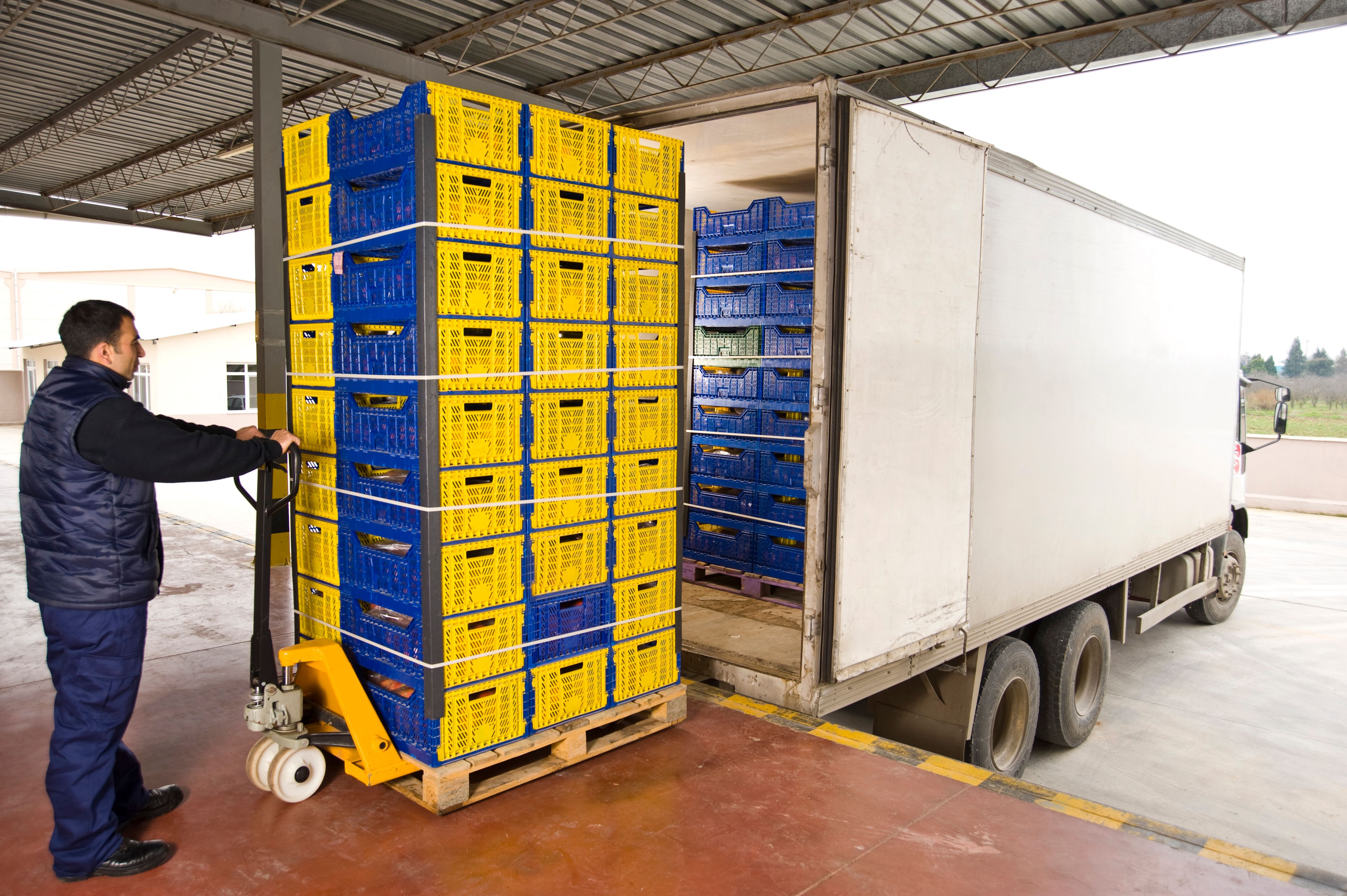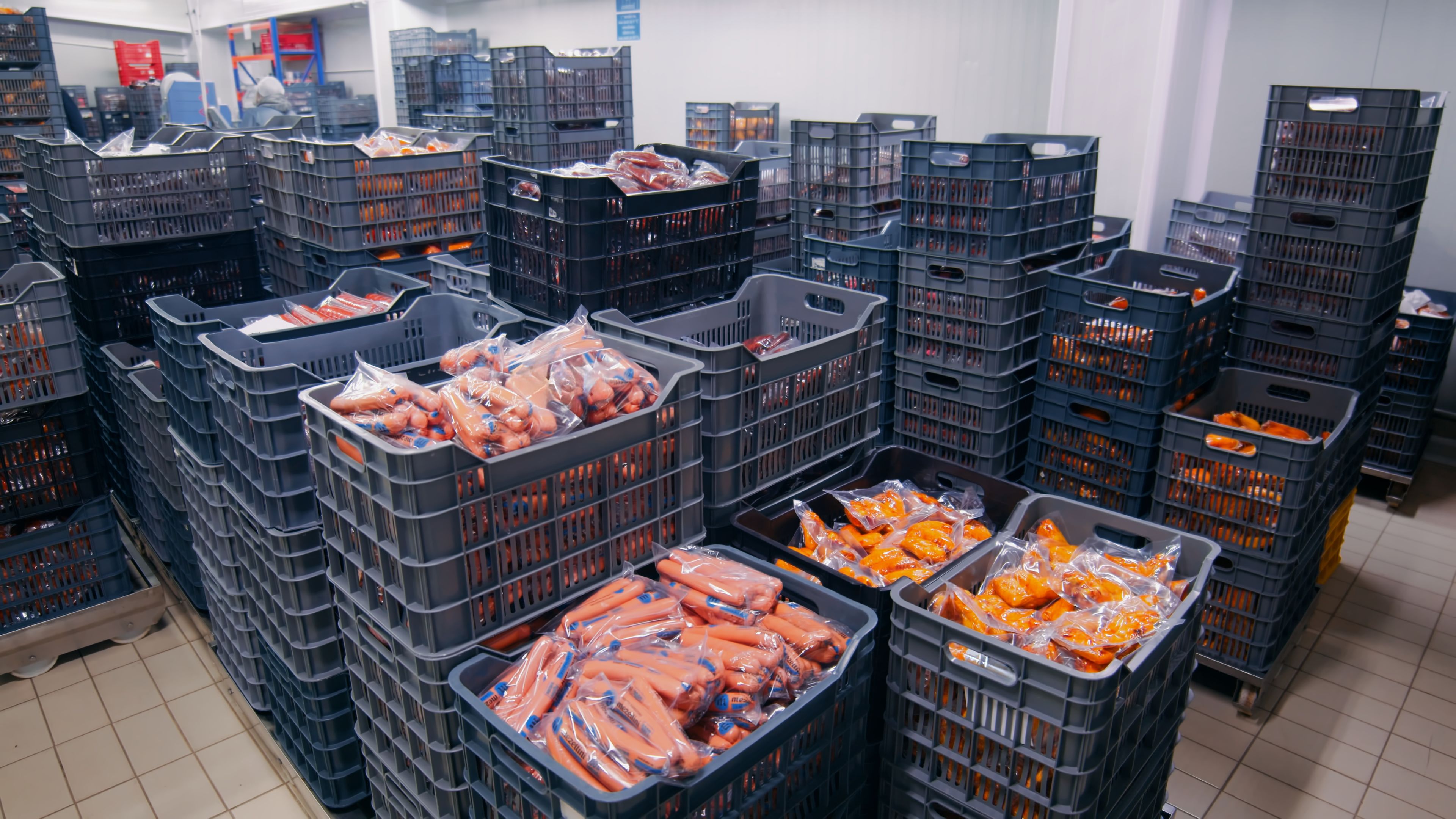Understanding the Economics of Food Production and Distribution
The Complex World of Food Economics
Understanding the economics of food production and distribution is essential to grasp the complexities of how food moves from farm to table. This intricate system involves a variety of stakeholders, each playing a crucial role in ensuring that food is produced efficiently and reaches consumers effectively. From farmers who cultivate crops to distributors who bring goods to market, each link in the chain contributes to the overall cost and availability of food.

Key Players in Food Production
The process begins with farmers, who are the backbone of food production. They utilize land, labor, and capital to grow crops and raise livestock. However, farmers often face challenges such as fluctuating weather conditions, pest infestations, and market price volatility. These factors can significantly impact their yield and profitability.
Farmers also rely heavily on technology and innovation to enhance productivity. Advances in agricultural technology, such as precision farming and genetically modified organisms (GMOs), have played a significant role in increasing crop yields and reducing costs. However, these advancements also require substantial investment, which can be a barrier for small-scale farmers.
The Role of Distributors
Once food is produced, it needs to be transported to markets or processing facilities. This is where distributors come into play. Distribution involves a complex logistics network that includes transportation, warehousing, and inventory management. Efficient distribution is vital to minimize spoilage and ensure that food reaches consumers fresh and timely.

Distributors must navigate challenges such as fuel costs, transportation infrastructure, and regulatory compliance. Additionally, globalization has expanded the reach of food distribution networks, allowing products to travel further than ever before. This expansion creates opportunities for growth but also introduces new challenges related to sustainability and environmental impact.
Economic Impacts on Consumers
The economics of food production and distribution ultimately affect consumers through pricing and availability. Factors such as production costs, distribution efficiency, and market demand all influence the final price of food products. During times of economic instability or supply chain disruptions, consumers may experience price hikes or shortages of certain items.
To combat these issues, governments and organizations work to ensure food security by implementing policies that support sustainable agricultural practices and improve distribution infrastructure. Efforts to reduce food waste, for instance, can help stabilize prices and enhance food availability.

Sustainability in Food Economics
Sustainability is becoming an increasingly important consideration in the economics of food production and distribution. As populations grow and resources become scarcer, there is a pressing need to adopt practices that protect the environment while ensuring food security. This includes reducing carbon footprints, minimizing waste, and promoting organic farming.
Companies and consumers alike are recognizing the importance of sustainable practices. Many businesses are investing in green technologies and sustainable supply chains to meet consumer demands for environmentally friendly products. These efforts not only contribute to environmental conservation but can also lead to cost savings in the long run.
Conclusion: Navigating Challenges with Innovation
The economics of food production and distribution is a multifaceted subject that requires a balance of innovation, sustainability, and efficiency. As we continue to face global challenges such as climate change and population growth, understanding these economic dynamics will be crucial for ensuring a stable and sustainable food supply.
By investing in technology, supporting sustainable practices, and enhancing distribution networks, stakeholders can navigate the complexities of the food economy while meeting the needs of consumers worldwide. This holistic approach will be key to building resilient food systems for the future.
